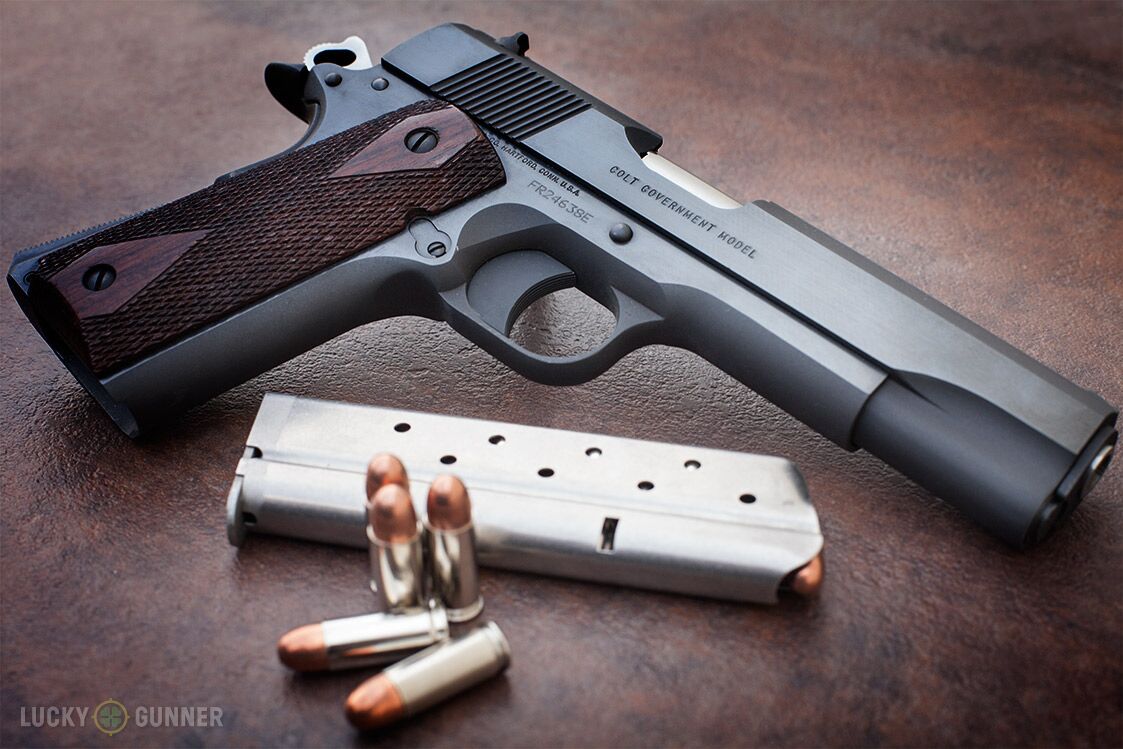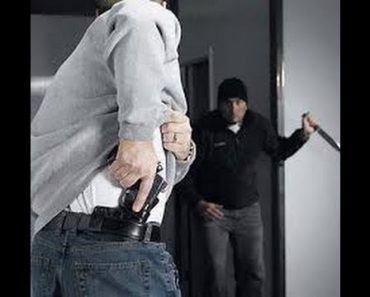This interesting post about Martial Arts and the Bible is a guest post, but while I did not write it, it echos my personal beliefs on the topic. As a Christian and a martial arts student, I have often wrestled with the idea of self-defense. Does God expect me to defend my family and myself […]
Category: Self Defense | Tactical
Shooting: Firing from Behind a Barricade
Firing from behind a barricade is an essential part of combat marksmanship. It is a relatively straightforward skill and easily acquired. As all shooting techniques, however, mastery only comes from extensive practice. Contrary to what is seen on movies, most shooting incidents do not happen at high noon on Main Street. Common sense dictates that […]
The Best Guns and Ammo for Self-Defense
It’s important to understand the relationship between the personal defense weapon you’re planning on purchasing and the kind of ammunition it uses. This article is about the best guns and ammo for self defense. At at least some general guidelines. One of the things that often comes up is “stopping power”. What is generally meant […]
Should You Shoot to Wound?
Should you shoot to wound? I talk a lot about lethal force, and one concept comes up almost universally. I call this idea the leg shot syndrome. The leg shot syndrome is expressed by the statement “I wouldn’t aim to kill; I would shoot the robber in the leg”. I believe I know where […]
Defensive Mindset
Defensive mindset is the key to preparedness, all the gear and training in the world won’t help you if YOU won’t help you. In my experience, there are three basic kinds of people. Wolves (a.k.a. the bad guys) are the first kind. They are the human predators, the ones that prey on the weak. The […]





